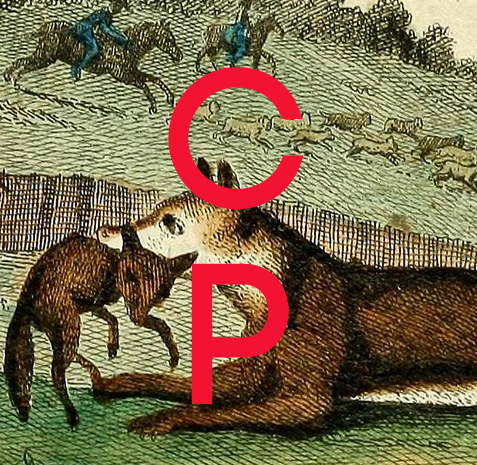BIRDING AT THE END OF THE WORLD — MELISSA FITZPATRICK
/It’s the end of the world so she goes looking for birds, just like she always does when she needs to convince herself that it’s not really the end, that all is not lost. Like the time she packed up her car and drove out of L.A., past the long-commute housing developments, past grinning lawyers on billboards, past mile after mile of factory farms, cows crowded on dusty lots, farmworkers hunched over rows of lettuce. Drove north to the brink of dusk where she finally stood, awestruck, at the edge of a field as flock after silhouetted flock of sandhill cranes glided through the blazing sky, calling to each other with their comical rattling cries, floating to the ground like ballerinas as the light slipped from golden to rose to lavender. She hadn’t known such abundance still existed in the world, thought it had gone the way of the passenger pigeons whose migrations they say once darkened the skies for hours at a time. When the darkness settled, there were hundreds of cranes gathered at the nighttime roost. Something unclenched and she took her first full breath in a very long time.
And so now that California is burning again and so much of the news fills her with dread, all she can think to do is grab the dog’s leash and head for the park. It’s too goddamned hot, and the smoke from distant fires has turned the afternoon light a peculiar and unsettling orange. But the white-crowned sparrows have arrived, right on time, and they are feasting on toyon berries after their long migration. And she tries to take the long view, tells herself a story about resilience, about the rhythms of nature, thinks to herself it’s not for nothing they say hope is the thing with feathers, even though she knows it is slipping away. But still, she cannot help it, how she comforts herself this way, how her heart lifts at a flash of wing, a nest, a migrant bird come back again, and she wonders how much longer this will last.
Melissa Fitzpatrick lives and writes in the Los Angeles area.




